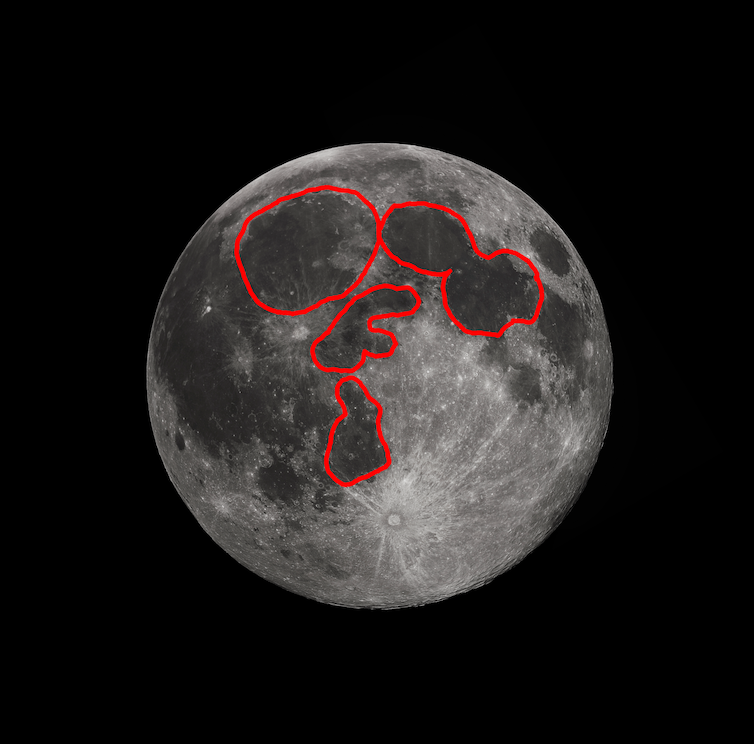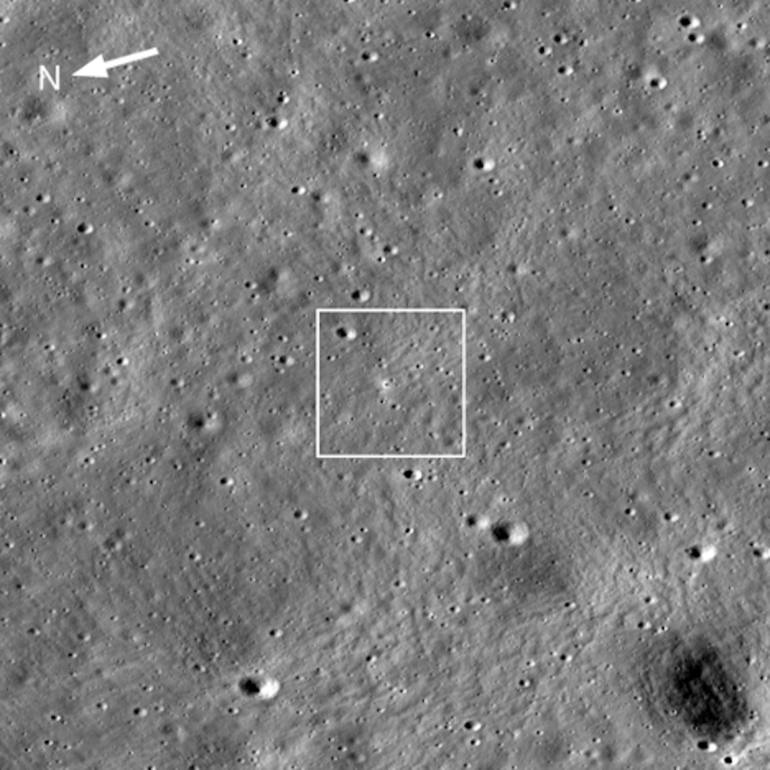In an exciting milestone for lunar scientists around the globe, India’s Chandrayaan-3 lander touched down 375 miles (600 km) from the south pole of the Moon on Aug. 23, 2023.
In just under 14 Earth days, Chandrayaan-3 provided scientists with valuable new data and further inspiration to explore the Moon. And the Indian Space Research Organization has shared these initial results with the world.
While the data from Chandrayaan-3’s rover, named Pragyan, or “wisdom” in Sanskrit, showed the lunar soil contains expected elements such as iron, titanium, aluminum and calcium, it also showed an unexpected surprise – sulfur.
India’s lunar rover Pragyan rolls out of the lander and onto the surface.
Planetary scientists like me have known that sulfur exists in lunar rocks and soils, but only at a very low concentration. These new measurements imply there may be a higher sulfur concentration than anticipated.
Pragyan has two instruments that analyze the elemental composition of the soil – an alpha particle X-ray spectrometer and a laser-induced breakdown spectrometer, or LIBS for short. Both of these instruments measured sulfur in the soil near the landing site.
Sulfur in soils near the Moon’s poles might help astronauts live off the land one day, making these measurements an example of science that enables exploration.
Geology of the Moon
There are two main rock types on the Moon’s surface – dark volcanic rock and the brighter highland rock. The brightness difference between these two materials forms the familiar “man in the moon” face or “rabbit picking rice” image to the naked eye.

The dark regions of the Moon have dark volcanic soil, while the brighter regions have highland soil.
Avrand6/Wikimedia Commons, CC BY-SA
Scientists measuring lunar rock and soil compositions in labs on Earth have found that materials from the dark volcanic plains tend to have more sulfur than the brighter highlands material.
Sulfur mainly comes from volcanic activity. Rocks deep in the Moon contain sulfur, and when these rocks melt, the sulfur becomes part of the magma. When the melted rock nears the surface, most of the sulfur in the magma becomes a gas that is released along with water vapor and carbon dioxide.
Some of the sulfur does stay in the magma and is retained within the rock after it cools. This process explains why sulfur is primarily associated with the Moon’s dark volcanic rocks.
Chandrayaan-3’s measurements of sulfur in soils are the first to occur on the Moon. The exact amount of sulfur cannot be determined until the data calibration is completed.
The uncalibrated data collected by the LIBS instrument on Pragyan suggests that the Moon’s highland soils near the poles might have a higher sulfur concentration than highland soils from the equator and possibly even higher than the dark volcanic…



